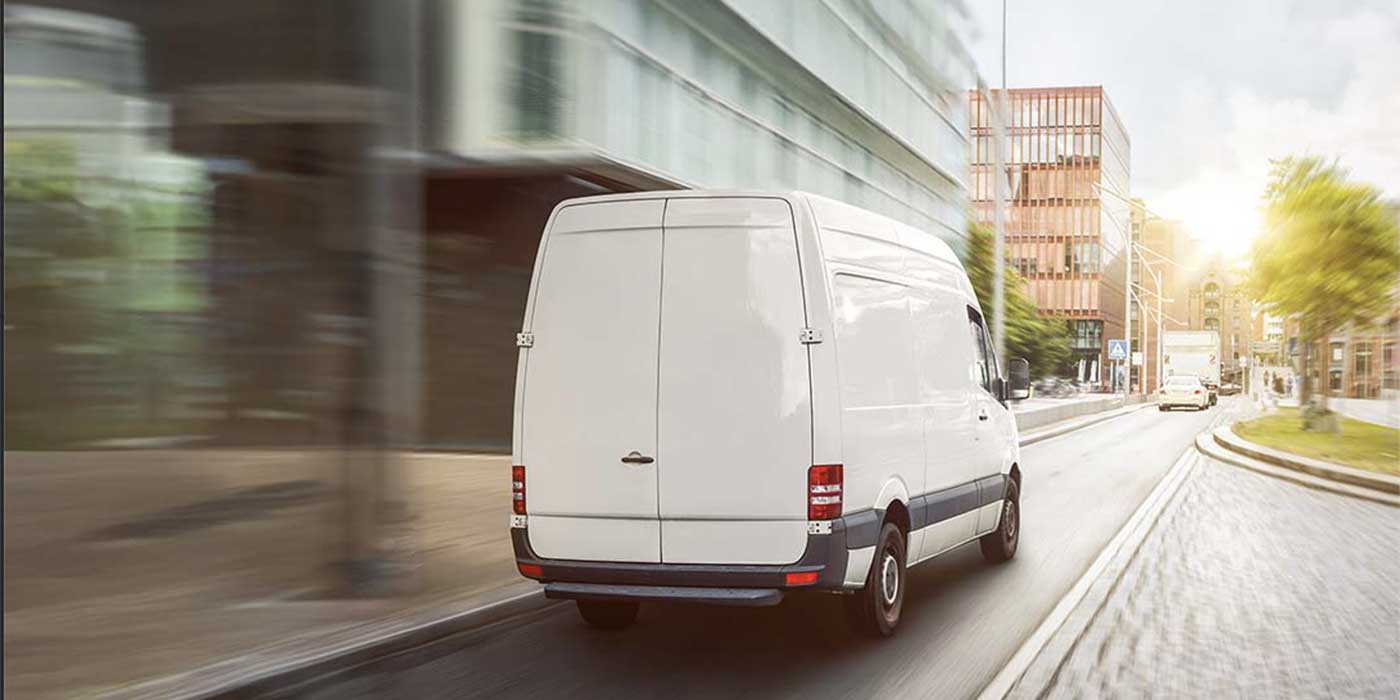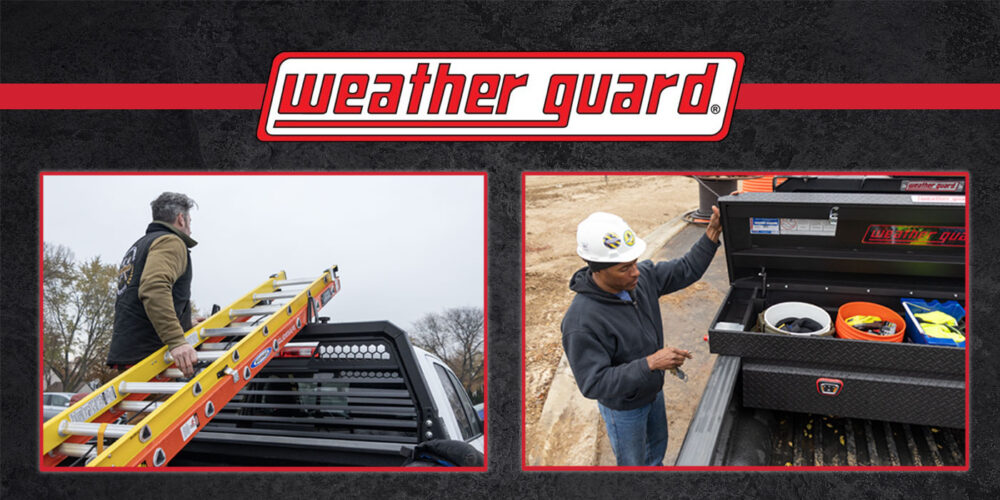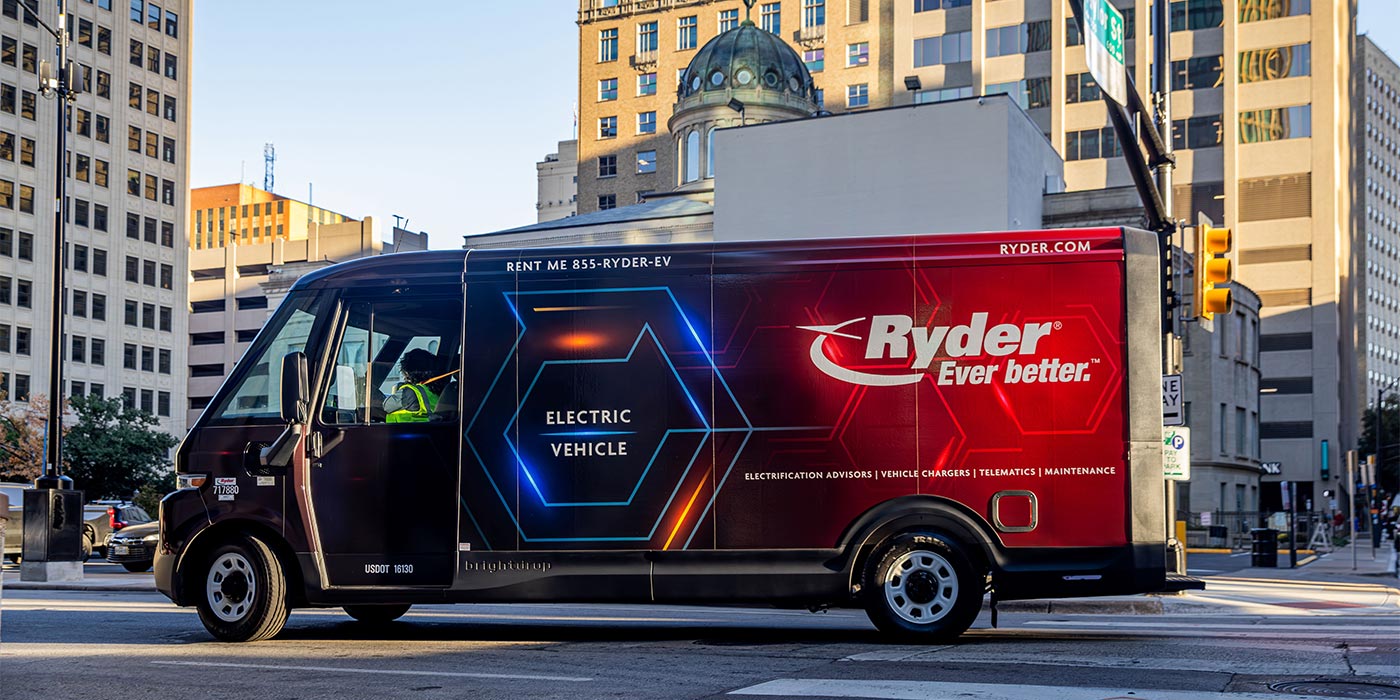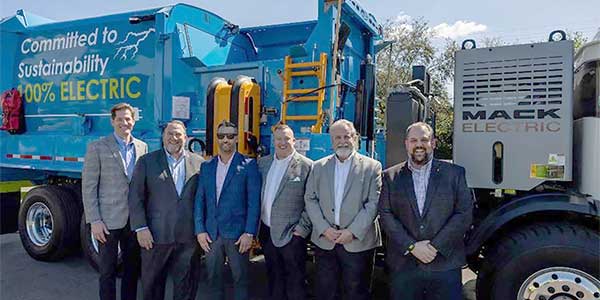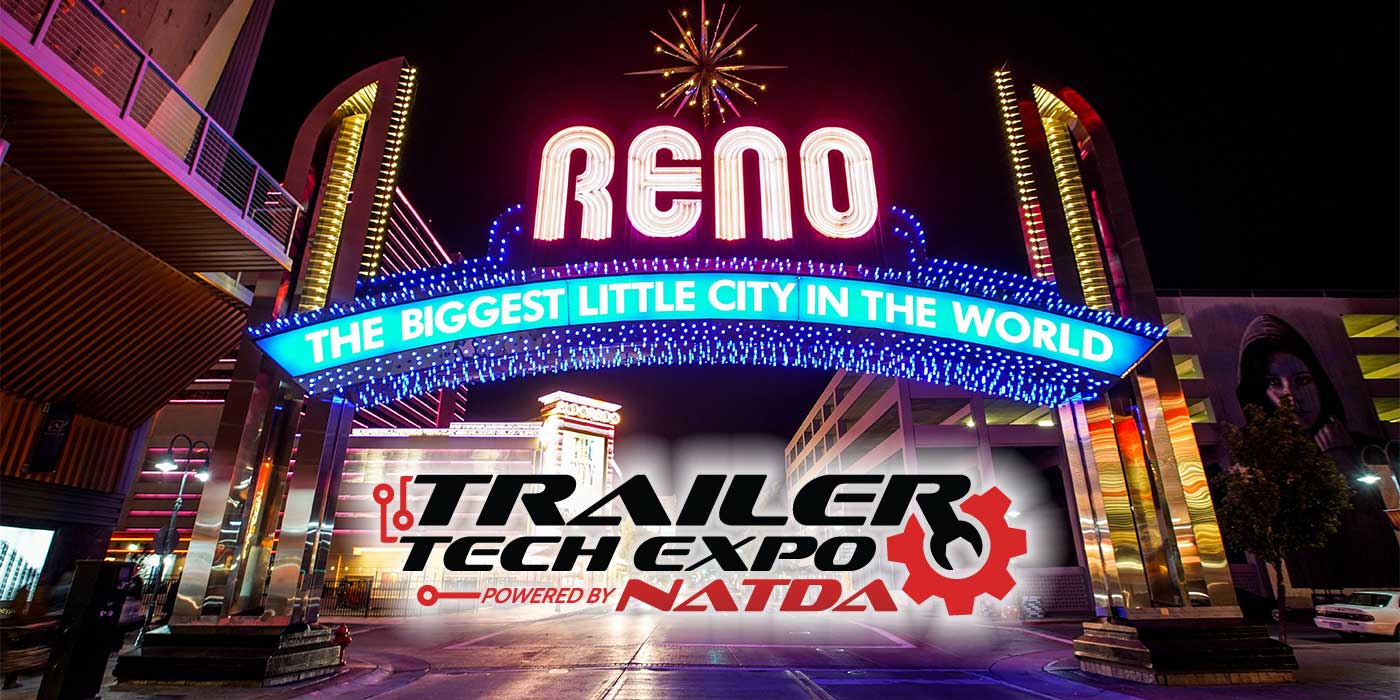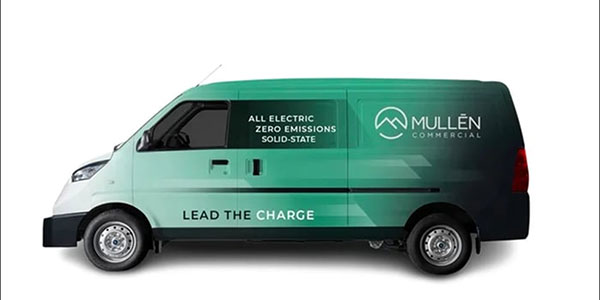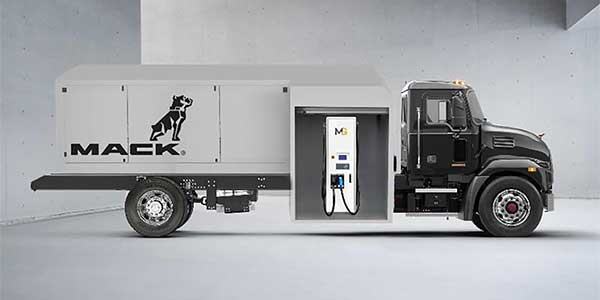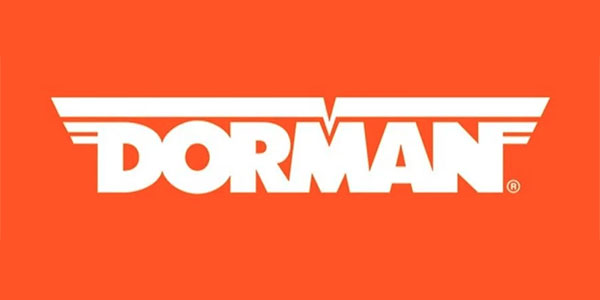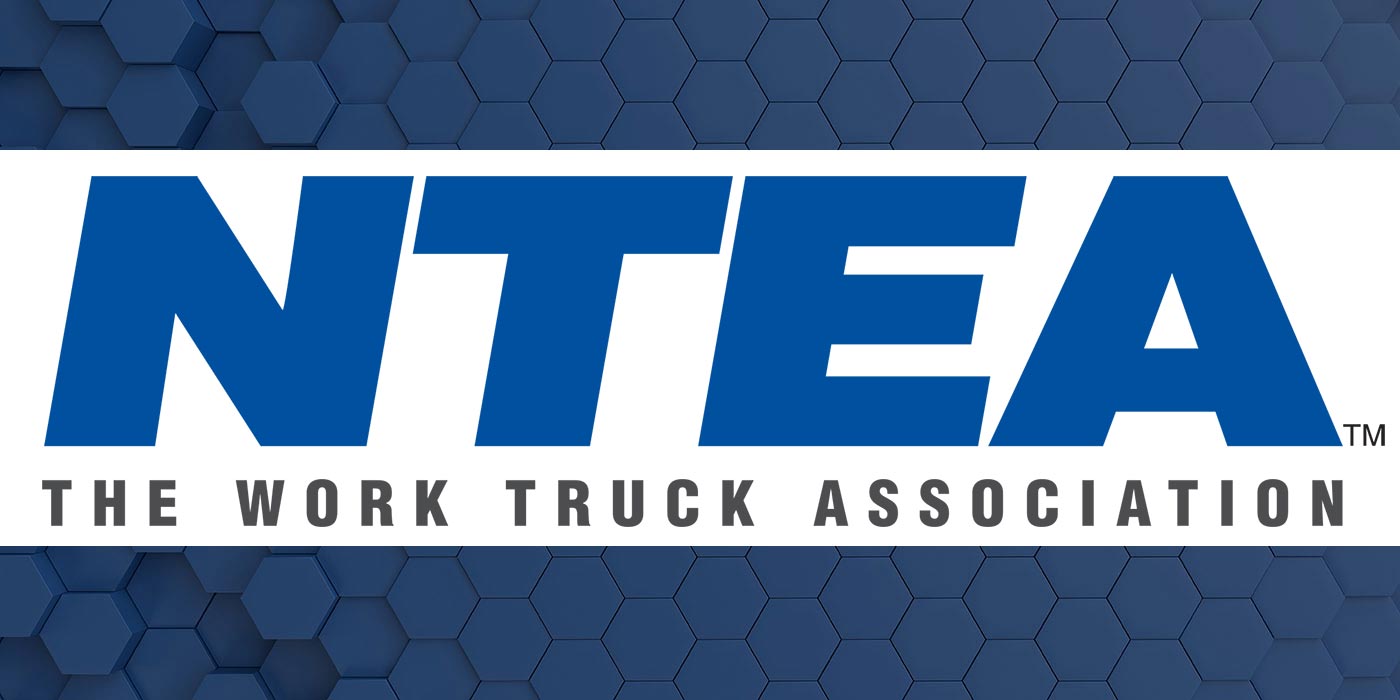Calling it a “first of its kind commercial truck,” Navistar has unveiled its new electric vehicle specifically targeted for the Class 2 (6,001-10,000-lb. GVW) and Class 3 (10,001-14,000-lb. GVW) market. While first announced in December 2009 as part of a joint venture agreement with Modec Ltd. of the United Kingdom, the new vehicle was formally introduced in this country in May.
Developed by the Navistar-Modec EV Alliance, LLC, the Class 2-3 all-electric commercial trucks are intended for urban applications such as parcel and product delivery, utility work, maintenance and other service applications.
The first Navistar electric vehicle models, with a 12,100-lb. GVWR boast a 4,400-lb. payload capacity. Features of the trucks include a tight 36-ft. turning circle and almost 180-degree visibility. A walkout configuration and 25.6-in. load step height are part of the design, as well.
Relying solely on plug-in power, the new eStar has a projected range of up to 100 miles per overnight charge. Not a conversion, Navistar pointed out, the new trucks were designed as electric vehicles and will continue to take advantage of new battery technology as it becomes available. “The technology will continue to advance as more trucks are built and electric vehicle technology develops,” the company said.
The new electric vehicle has been on the road in fleet operations, logging some 200,000 miles of endurance testing in urban applications. As a result, the OEM has seen growing interest among fleets in the U.S. and Canada, including Arizona Public Service of Phoenix; CenterPoint Energy of Houston; Dayton Power & Light in Dayton, Ohio; FedEx of Memphis, Tenn.; Idealease of North Barrington, Ill.; Northeast Utilities of Hartford, Conn.; Purolator Courier of Mississauga, Ont., and Portland General Electric of Portland, Ore.
Portland, Ore., meanwhile, was chosen as the first municipality to be included in a multi-city rollout for the new trucks. Because this is new technology, Navistar said it wants to utilize the truck and its infrastructure requirements (such as charging stations) in actual market situations before it is launched on a nationwide scale. Portland was seen as the perfect launch site, the company says, because it has been ranked the No. 1 Sustainable City in the U.S., and is home to businesses that have consistently shown a high level of interest in alternative fuel vehicles.
Development of the electric truck was supported—and accelerated by three or four years, the OEM said—by federal stimulus money, including a $39.2 million matching grant from the United States Department of Energy as part of the American Recovery and Reinvestment Act of 2009. In August 2009, President Obama announced in an address at a Navistar plant in Wakarusa, Ind., that Navistar would receive that federal grant to develop and build all-electric trucks.
Production of the trucks in the Elkhart County, Ind., plant is now under way.
The first units are being assembled with parts shipped from the UK. By August, the company expects to ramp up to full production and to outsource more parts locally, such as with A123, its Michigan supplier for the truck’s battery.
Navistar intends to produce 400 electric vehicles in 2010, and expects to be building several thousand annually within two years. Looking ahead, due to the high volume of Class 2 and 3 commercial trucks in operation, electric vehicles can have a significant impact on reducing greenhouse gas emissions and our dependence on fossil fuels.

